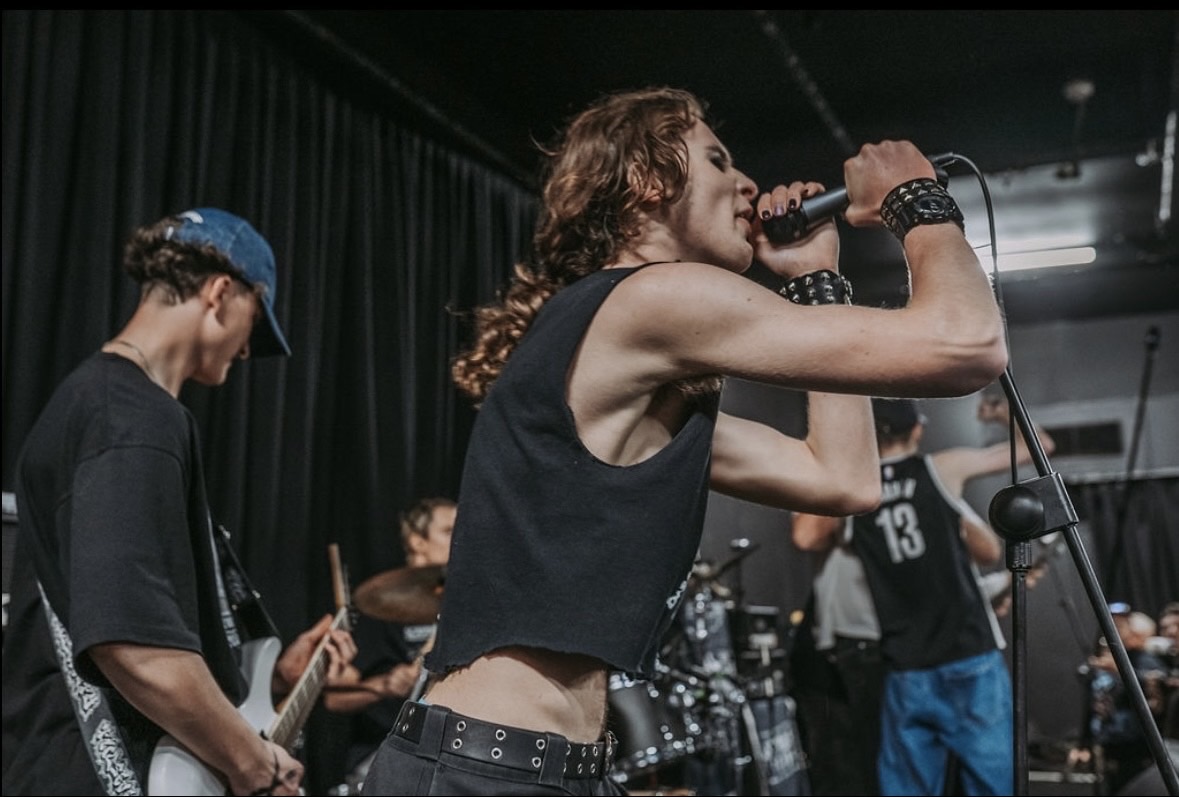In the process of “civilising” the country, white men savagely raped and murdered Indigenous women and girls. These atrocities often took place at creeks and waterways, places where women would gather with their children to prepare food, wash and socialise. Named using Indigenous words gin and lubra, the language lives on carrying deep trauma.
In the context of Australia’s brutal colonial history, Indigenous language was co-opted by white settlers, who brought gender-based violence into the land. Darumbal woman Aunty Sally Vea Vea said gin was used in Darumbal language. “It was a term of endearment by our men for our women,” she said.
While some places with old names that included the word gin have had their names changed, there are still more than 20 Black Gin Creeks in Queensland alone. Aunty Sally said the names were upsetting because of what happened there. “Our women would have been raped and shot and left there to die in those creeks,” she said.
The colonial frontier massacre maps demonstrate the treatment dealt to Australia’s Indigenous populations. Women and children were not spared. Carol Thomas, then NSW Aboriginal Women’s Policy Coordinator wrote in 1992: they were targeted for a special type of violence. Indigenous women on pastoral stations were “at the mercy of anybody” and at some stations white boys as young as 15 “had a gin”.
Myall Creek, around four hours inland from the Northern NSW coast, is the site of a massacre that occurred on 10 June 1838. A camp of women, children and old men were tied up and led away before being murdered. Accounts of the brutal ordeal detail how some women and girls were set aside because they were “good looking”.
They were later raped and beaten by the white colonists. Young girls of 7 to 8 years old who were already “dreadfully injured” were “cut for lascivious purposes”, in that they were too small for the men. The Myall Creek massacre is significant for being the only event of frontier violence in Australia’s history where the white murderers were convicted and publicly hanged.

On another occasion, on February 24, 1842, four women, one of them pregnant, and a child were killed at Lubra Creek on Caramut Station in Victoria. The men responsible escaped conviction, but the murder was said to be premeditated and “carried out to relieve the boredom of a summer evening”.
These are just a handful of the documented experiences Indigenous women suffered. Before white colonists arrived and dismantled Indigenous communities, tribes had processes to manage violence. Women were equal to men, valued and protected. While Grandfather’s law was all things to do with protecting the community, Grandmother’s law, as documented by Colleen wall in 2017, attended to the problems within. Elder women controlled and regulated interpersonal conflicts, successfully overseeing family relationships and conflict for more than 60,000 years.
White settlers thought it preposterous that Indigenous women and girls be chaste. They were denied any sense of outrage at the violence inflicted upon them. From “browbeaten chattel” to “a pollutant”, derogatory language was commonly used to dehumanise and objectify Indigenous women.
Mounted Constable William Willshire was of the opinion that “God meant Aboriginal women to be used by white men, ‘as He had placed them wherever the pioneers go”. Wilshire wrote about gin-busts, which he saw as his line of duty and “argued for the use of Aboriginal women by white bushmen but loathed the resulting offspring of these unions”.
Researcher Liz Conor’s extensive work on colonial gender relations traces the origins of the words and their changing meanings. According to one paper, gin is thought to have originated from diyun in the Dharuk language. Lubra may have come from Tasmanian tribes, where women were so frequently kidnapped by white colonists that in one tribe of 70 only six remained. By the mid-1800s, lubra had widely come to distinguish a woman racially and by “sexual access”.
Slurs aim to influence behaviour for conformity and to put someone in their place. They are heavily gendered and ones used for women are far more offensive than those used for men. Abusive language directed at women often centres on sexual behaviour deemed “undesirable”, while for men the words target weakness or femininity.
When a word’s meaning is downgraded from its original use, it’s called pejoration. Linguistics Professor and Director of the Research Unit for Indigenous Language at the University of Melbourne, Rachel Nordlinger, said it was well documented in linguistics literature. “It’s a very common linguistic process where words over time take on negative connotations, particularly words related to women […] such as mistress and madam,” she said.
Gin and lubra continue to be used offensively by white people and with no consideration for how it affects Indigenous women. A mine worker in 2018 was found to have been unfairly dismissed for using gin when talking offensively about an Indigenous co-worker’s family member.
The naming of places is a means of remembrance, pinpointing a location for the events that occurred there. The use of racial slurs in naming locations provides a constant reminder to the Indigenous of the trauma their ancestors experienced and the ongoing effects of colonisation, particularly on women.
This article is part of a larger project called Where What Why. You can find the whole collection of stories about places and their names here.















